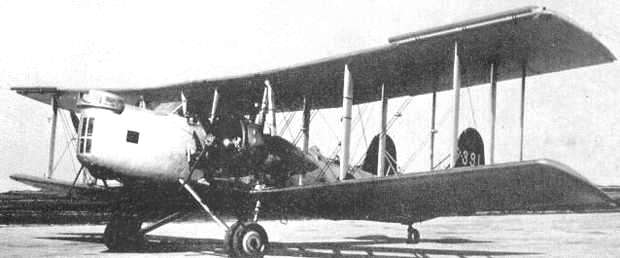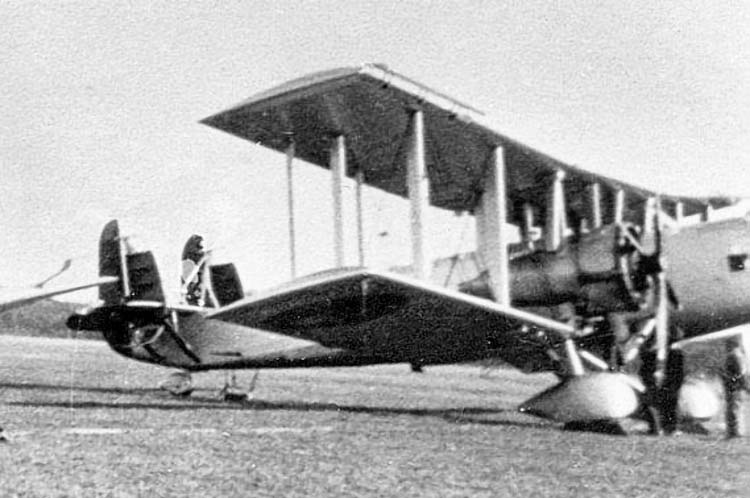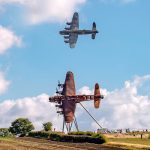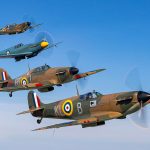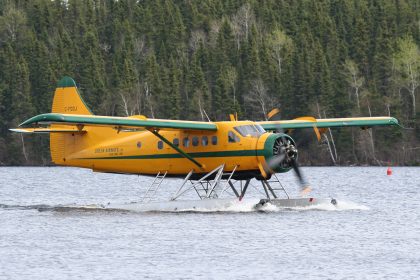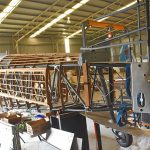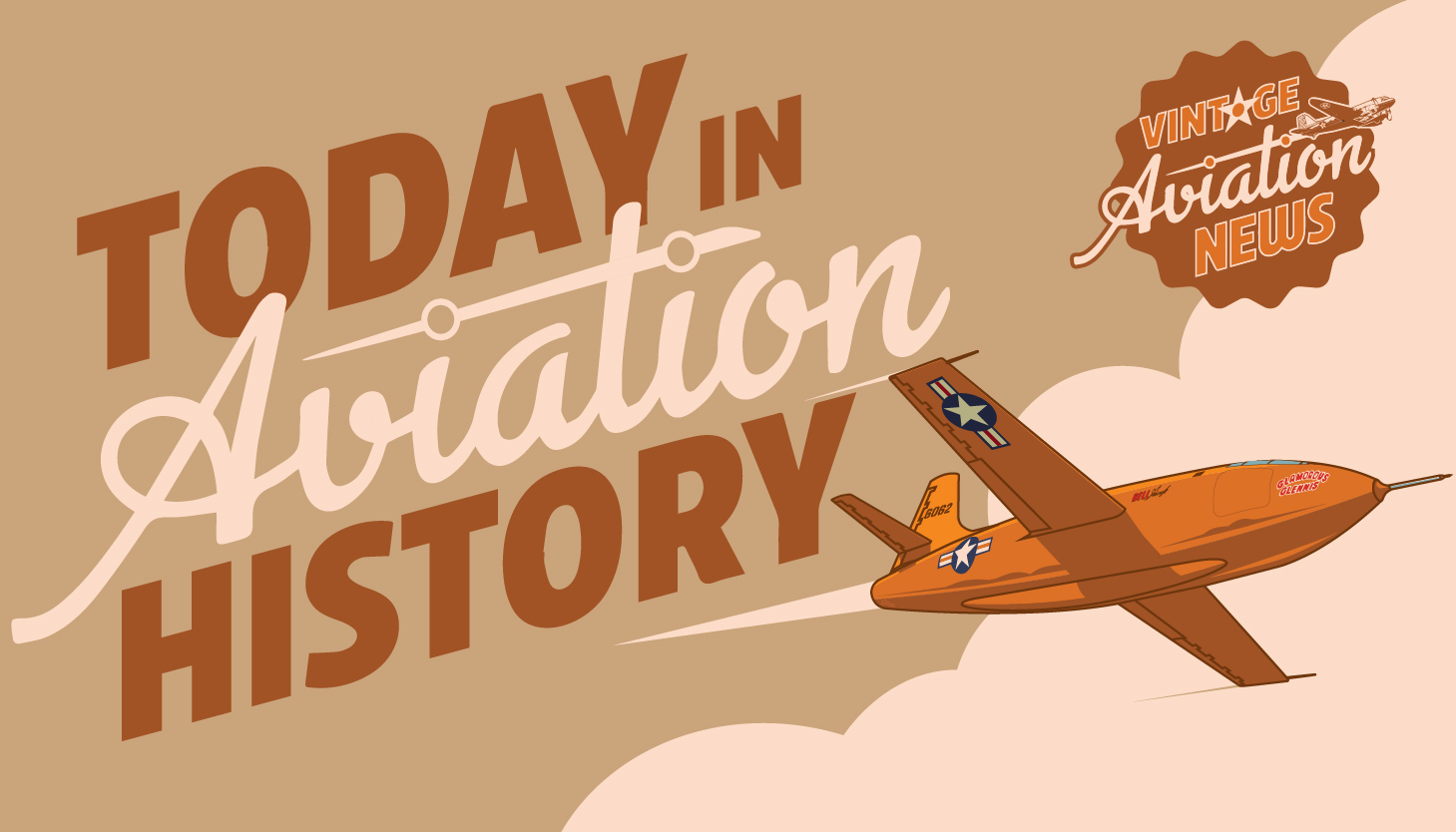
On this day in aviation history, 83 years ago (October 19, 1932), the Mitsubishi 3MT5 made its first flight. The 3MT5 was a pre–World War II Japanese bomber that served primarily during the 1930s with the Imperial Japanese Navy. This twin-engine design was intended to operate from aircraft carriers, but flight testing revealed it was unsuitable for carrier operations. As a result, the aircraft was reassigned to land-based training duties. In total, eleven 3MT5s were built.
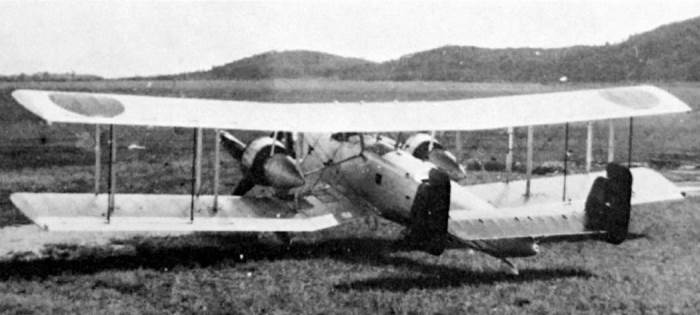
Mitsubishi began developing the 3MT5 in 1929, following a request from the Imperial Japanese Navy Air Service for a large torpedo bomber capable of operating from aircraft carriers. In January 1930, the Navy placed an order with Mitsubishi to design the new aircraft. The project was led by noted British engineer G. E. Petty. However, development was drawn out due to frequent changes in the Navy’s design requirements. The first prototype was finally completed in September 1932.
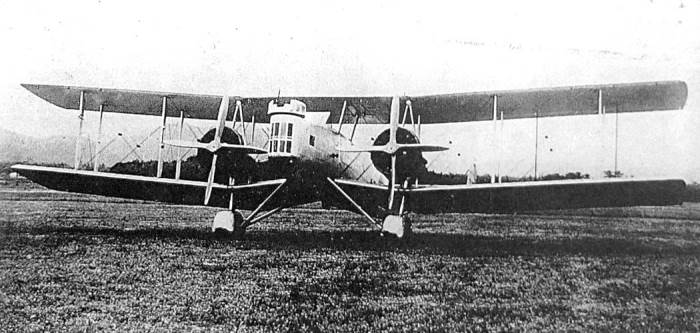
The Imperial Japanese Navy designated the aircraft as the 7-Shi Twin-Engine Carrier Aircraft, also known as the Navy Type 93 Land Attack Bomber and Mitsubishi G1M. The 7-Shi featured a twin-bay design and folding wings. It was of mixed construction, with a wood-and-metal fuselage and metal wings covered in fabric. The landing gear was fixed in a conventional configuration. The aircraft carried a crew of three to five and was powered by two 800-horsepower Mitsubishi A4 14-cylinder radial engines. It could reach a top speed of 146 miles per hour and had a combat range of 535 nautical miles. Armament consisted of two flexible 7.7 mm machine guns—one mounted in the nose and another in the dorsal position. The bomber could carry either 2,200 pounds of bombs or a single 1,760-pound torpedo. After the initial flight on October 19, 1932, additional prototypes were built for testing. Unfortunately, the aircraft proved difficult to control and suffered from severe vibration issues. In March 1934, these vibrations caused all four ailerons to tear away from the wings of one prototype. Although the aircraft landed safely, the persistent problems ultimately prevented the 3MT5 from entering full production or front-line military service.
